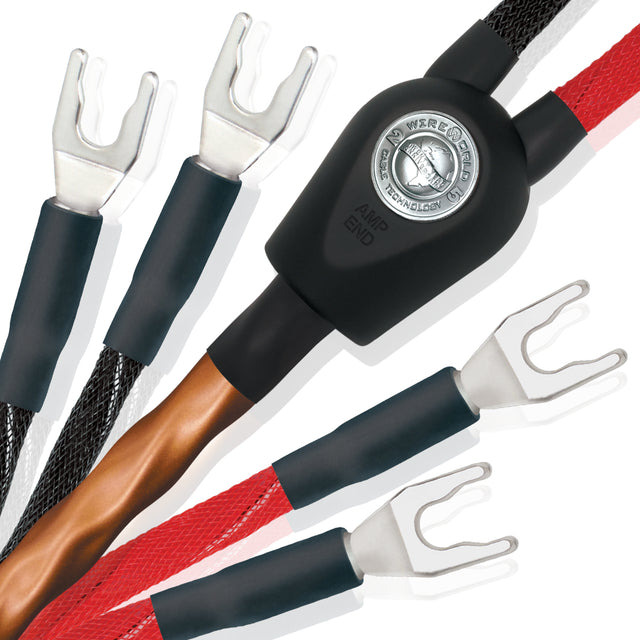Everything You Need to Know About HiFi Cables. The term HiFi is an abbreviation for the term 'high fidelity', which means faithful sound reproduction. This term was introduced by equipment manufacturers to describe the improved home music system technology that arose during the middle of the 20th century. While those early HiFi systems of the 1950s were monophonic, they actually had a lot in common with the stereo component systems that followed in the 1960s and continued on until today. For example, those early systems consisted of separate components connected by cables. After stereo became the standard format of the audio industry, the term hi-fi fell out of common usage as most people began calling their music systems stereos. Today, the word HiFi is mostly used by audiophiles and home theater enthusiasts to denote the difference between high-end sound systems and inferior mid-fi and lo-fi gear.
Since those early HiFi systems were created, there were the many interesting developments in speakers, electronics and music sources that improved the fidelity of music systems. One of the most surprising of those developments happened in the 1970s, when some of the most dedicated audio reviewers and enthusiasts discovered that cables can substantially affect sound quality. By 1980, a number of specialty cable brands were selling upgrade cables. While a few of those early audiophile cables had some real science and engineering behind them, most were just gold plated versions of standard cables or designs that could best be described as engineered by the marketing department. Since many consumers were impressed that they could hear any difference at all when changing cables, providing higher fidelity was not necessary to sell them expensive cables.
Eventually, some cable companies realized that it was easy to design cables that changed the sound in obvious ways and that many consumers were impressed by those sound effects. For example, cables made with the two polarities spread far apart add very audible inductive losses that slow down transient response enough to create oversized sonic images and add brightness to the sound. This brightness is caused by a well-documented psychoacoustic phenomenon where extending the duration of high frequency transients makes them sound louder. In addition to creating tonal coloration, those inductive losses also compress dynamics and mask quiet information. Even though many listeners can be fooled by these effects on the short term, eventually they realize that those cable colorations are interfering with their musical enjoyment. Of course, creating high-end audio cables with truly higher fidelity is a huge challenge, because upgrading materials alone will not correct all the real issues that limit sound quality.
Wireworld was founded on the belief that better listening tests are the key to creating the highest fidelity audio cables. To achieve that goal, we developed and patented objective listening tests that compare real world cables to the only scientific reference standard for cable performance, a direct connection between components. Essentially, these tests enable us to compare the sound going into a cable to the sound that comes out. Without that ability to compare our prototypes to essentially perfect cables, there is no way we could have learned how to fix what was going wrong in cables. The lessons learned from these tests led to the development of our patented DNA HELIX® technology and ultra-quiet COMPOSILEX® insulation materials. With these innovations, Wireworld produces HiFi speaker cables that live up to the original ideal of high-fidelity music reproduction.
More stories


